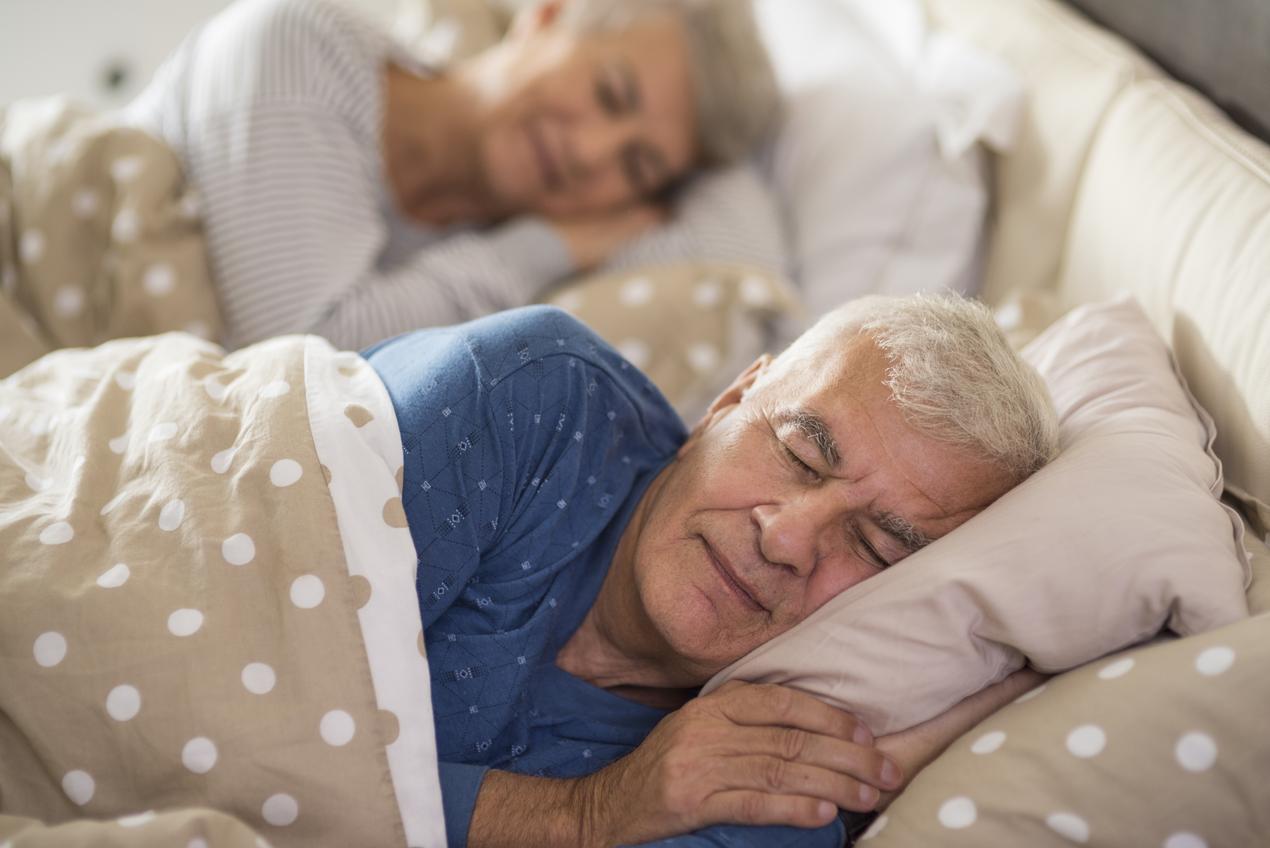Sleep apnea is a common respiratory disorder that affects a growing number of seniors. Despite its prevalence, it often goes undiagnosed or is mistaken for other age-related health issues. However, sleep apnea can have significant consequences on a senior’s quality of life, cognitive health, energy levels, and even life expectancy. Understanding this condition—its symptoms, causes, and treatment options—is essential for protecting the health of seniors.
What is Sleep Apnea?
Sleep apnea is characterized by involuntary pauses in breathing during sleep. These interruptions can last for several seconds, sometimes even over a minute, and may occur multiple times throughout the night. There are two main types: obstructive sleep apnea, caused by a blockage in the airways, and central sleep apnea, in which the brain fails to send the proper signals to control breathing. In seniors, obstructive sleep apnea is generally the most common.
The breathing interruptions disrupt the sleep cycle without necessarily waking the person fully, which makes the disorder difficult to detect. The body, deprived of oxygen, goes into alert mode, leading to micro-awakenings, accumulated fatigue, and physiological imbalances.
Why Are Seniors More at Risk for Sleep Apnea?
As we age, natural changes in the body increase vulnerability to airway obstruction. Muscle relaxation, particularly in the throat and tongue, can narrow the airway. Anatomical changes may also play a role, as well as weight gain, which is common in aging and puts additional pressure in the upper airways.
The use of certain medications, such as sedatives or muscle relaxants, can further increase the risk by weakening the respiratory reflexes. Chronic conditions that are common among seniors, such as hypertension, diabetes, or heart disease, are also frequently associated with sleep apnea.
Symptoms of Sleep Apnea: Warning Signs Not to Ignore
Recognizing sleep apnea in a senior isn’t always easy. More visible signs, like loud snoring, breathing pauses, or awakening with gasping, often go unnoticed, especially if the person sleeps alone. Meanwhile, subtler symptoms are frequently dismissed as normal signs of aging.
Persistent fatigue, morning headaches, memory or concentration problems, depressive mood, or daytime sleepiness can all indicate poor-quality sleep. When these signs are present, they should be taken seriously and discussed with a healthcare professional.
The Health Consequences of Sleep Apnea
Sleep apnea is more than just a nighttime inconvenience. Its effects can be serious, particularly on the cardiovascular system. Repeated drops in blood oxygen levels put added strain on the heart, increasing the risk of high blood pressure, arrhythmia, stroke, or heart attack.
Cognitively, the lack of restorative sleep directly affects memory, attention span, and processing speed. For seniors, this may lead to accelerated cognitive decline or worsening of existing conditions such as early-stage dementia.
The risk of falls also increases due to drowsiness, confusion, and balance issues. Finally, chronic fatigue undermines social life and autonomy, contributing to isolation and an overall decline in quality of life.
Diagnosing Sleep Apnea: A Crucial Step
When symptoms are present, a medical consultation is essential. A healthcare provider may recommend specific tests, including a polysomnography, which is conducted in a sleep clinic. This test monitors sleep stages, breathing patterns, heart rate, and blood oxygen levels. In some cases, a home sleep test may also be suggested.
Available Treatments for Sleep Apnea
The primary goal of sleep apnea treatment is to restore normal breathing during the night to allow for restful sleep. The most common and effective treatment is the use of a Continuous Positive Airway Pressure (CPAP) machine. This device delivers air through a mask worn over the nose or mouth to keep the airways open. Although it may require some adjustment, CPAP therapy can quickly improve sleep quality, alertness, and mood.
Lifestyle changes can also make a significant difference. Weight loss, reducing alcohol consumption, and quitting smoking are important measures. Sleeping on one’s side, maintaining a regular sleep routine, and avoiding sedatives can also help alleviate symptoms.
The Role of Senior Living in Screening and Support
In senior living, care teams can play a key role in identifying early signs of sleep apnea. Excessive fatigue, unusual drowsiness, or sudden cognitive changes should always raise concern, especially in the absence of another clear diagnosis.
Staff can also support residents in the daily use of their CPAP machines, assist with technical adjustments, or coordinate medical follow-ups with external healthcare professionals. In an environment where safety and well-being are top priorities, proactive management of sleep disorders directly contributes to an improved quality of life.
If you or a loved one is experiencing issues related to sleep apnea and are looking for a senior living that meets your needs, don’t hesitate to contact the senior housing specialists at Bonjour Résidences at 1 844 918-1020 or by filling out an online request.








